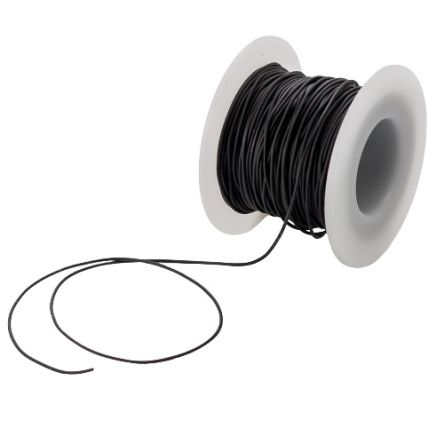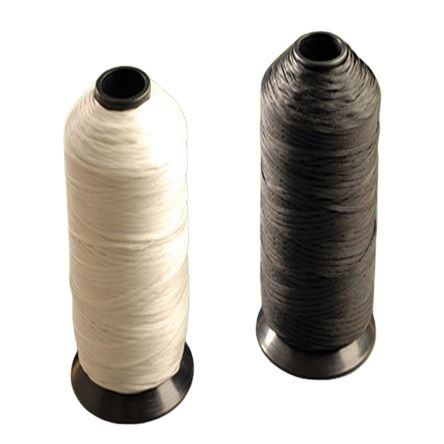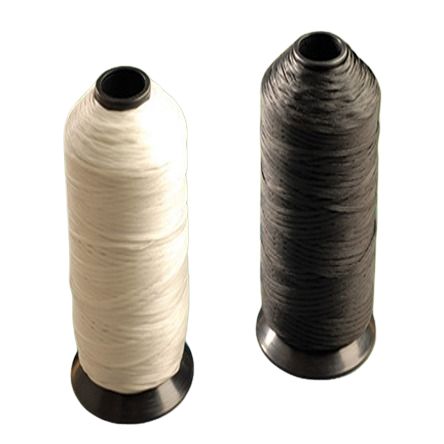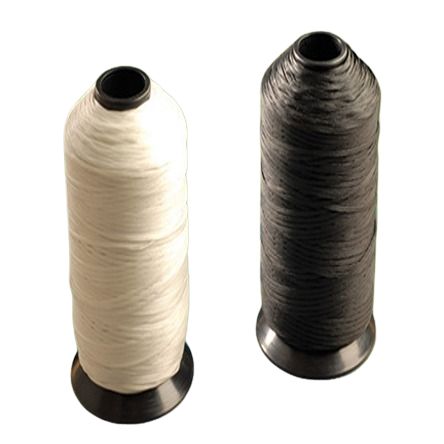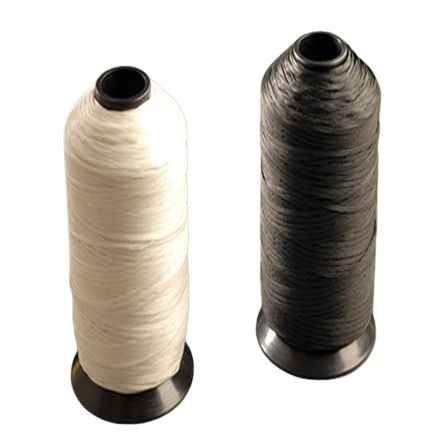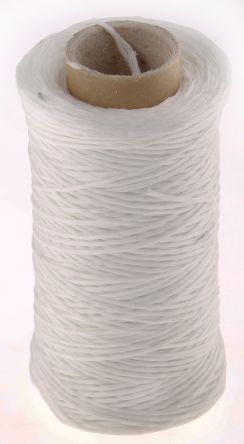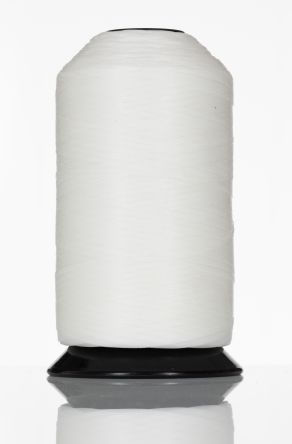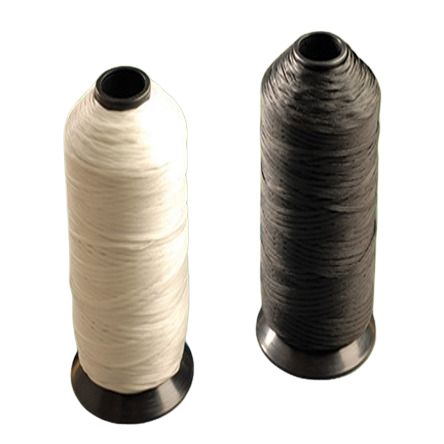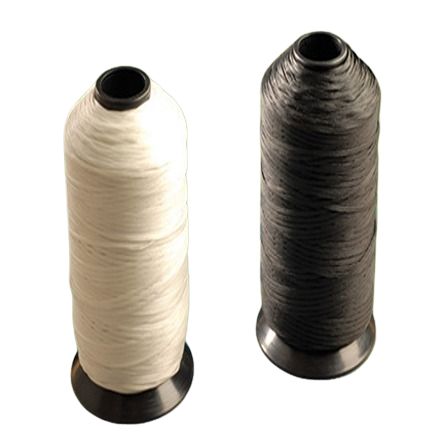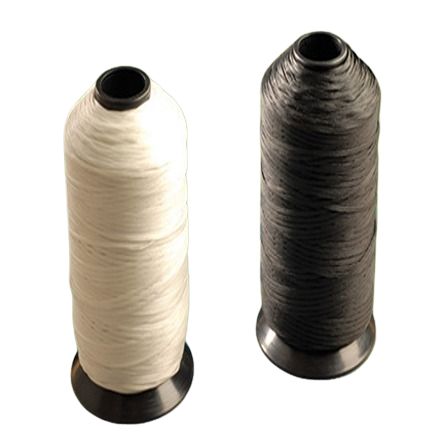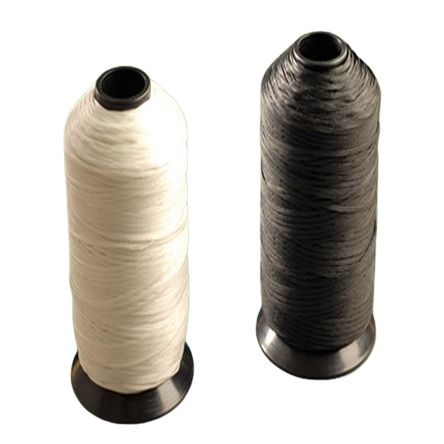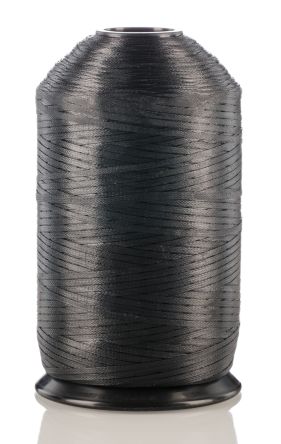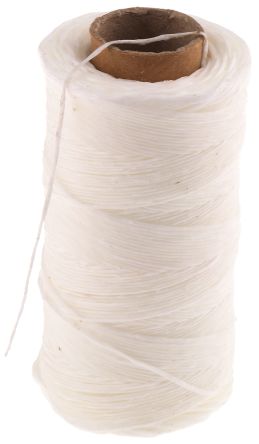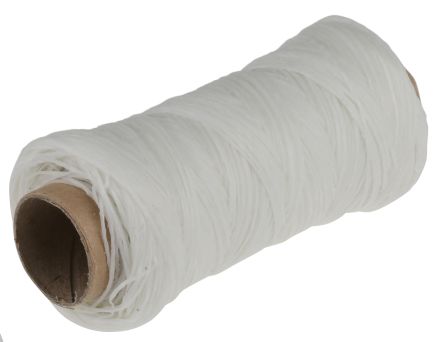- Automation & Control Gear
- Cables & Wires
- Enclosures & Server Racks
- Fuses & Circuit Breakers
- HVAC, Fans & Thermal Management
- Lighting
- Relays & Signal Conditioning
- Switches
- Batteries & Chargers
- Connectors
- Displays & Optoelectronics
- ESD Control, Cleanroom & PCB Prototyping
- Passive Components
- Power Supplies & Transformers
- Raspberry Pi, Arduino, ROCK, STEM Education & Development Tools
- Semiconductors
Cable Lacing
Cable lacing is a technique for tying wiring harnesses and cable looms that have historically been employed in aircraft, naval, and telecommunications applications. This traditional method of managing cables passed down through the generations of line workers has always been employed in some modern applications. It doesn't obstruct the cable's path and prevents the handling issues associated with cables groomed with plastic or hook-and-loop cable ties.
How does cable lacing function?
A thin cord called cable lacing is used to connect cables using a sequence of knots or stitches. There are numerous methods for creating cable lacing, including conventional running lock stitches, continuous lacing created from a sequence of overhand knots, and spot ties that join clove hits and reef knots to secure the lace.
What are the types of Cable Lacing?
The oldest kind of cable lace is made of the waxed chord. Look at the list of few materials that are used to make contemporary flat lace tapes:
- Nylon
- Polyester
- Teflon
- Fiberglass
How to tie a single knot with lacing tape?
Wire harnesses can be groomed using lacing tape in one of two ways. The first involves using a single-knot technique to tie and knot each short stretch of lacing tape along the length of the harness. The other is a Marline Hitch, which involves running lock stitches throughout the length of the wire bundle while using lengthy, continuous lengths of tape. Either one will provide a well-designed harness and is often suitable. Flat lacing tapes are also available in various coatings to improve knot holding.
